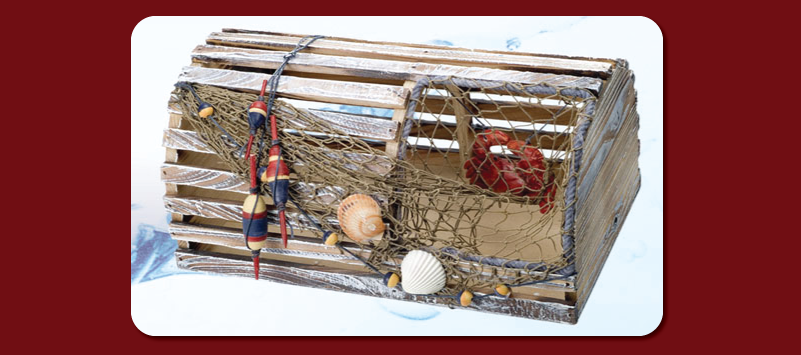Lobstermen have been harvesting boats of lobster for hundreds of years. It all begins with the traps used to catch them. They work by enticing lobster to bait placed inside the trap. They have two working areas called the parlor and the kitchen. The kitchen is where the bait is located. The lobster enters the trap and takes a piece of bait it then continues moving forward to the parlor. Instead of being able to exit the lobster becomes trapped. This is because of the funnel shape of the trap compartments. Some lobster traps also have a small opening for lobster that are too small for harvest to escape.
Once the traps have been set with fresh bait they are lowered down to the ocean floor from a boat. Multiple traps are connected to one another with rope and buoys are set at the ends. This marks where the traps are when the fishermen come back to retrieve the line.
The relationship between a Lobsterman and his boat is time honored. Thousands of hours are spent on these vessels working the lobster pots. These boats have specific modifications in order to pull and drop the traps. They also have specialized holding tanks to keep the lobster until they are able to offload them on shore. Traditional boats have a rounded bottom with a small cabin in the front and use a diesel engine. They range from 15 to 45 feet long. The larger boats are geared towards deeper fishing in the winter months. Large commercial fishing vessels can reach lengths of 80 feet and are used exclusively along the northern coast. A full time lobster boat pulls anywhere from 200-500 traps per day during peak fishing season. The season starts in May and ends in early December.


